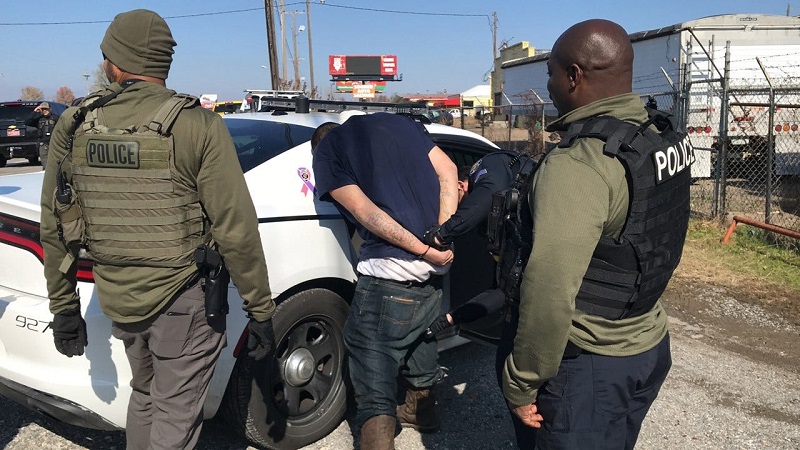

By Chief Joel F. Shults, Ed.D.
Soon news agencies will be reporting on the annual FBI Uniform Crime Report (UCR). This annual summary of crime in America has been a staple of criminal justice planning and observation since 1930.
How it works
Statistics for the UCR are derived from police agencies that report statistics from their jurisdictions. There are standards that create uniformity when defining criminal events. Each state has their own definitions and classifications of crimes which must be sorted into UCR categories. This is the first opportunity for error. Agencies may be tempted to underreport or overreport their criminal activity to either look effective or look needy for more funding.
It is also important to understand that only crimes reported to the police make their way in to the UCR system. Murders are reliably reported since they are hard to conceal. Auto thefts are reliably reported because police reports must be made for insurance companies to pay for the loss. Arson may go completely undetected and, therefore, be underreported. Rapes are notoriously underreported. The value of the UCR is in the comparison of crime over time. The consistency of reporting for offenses is probably the same in 2019 as it was in 1999, so comparisons of like offenses over time can be instructive.
Public awareness can influence the accuracy of reporting. Awareness of arson caused that offense to be added to the UCR count in 1979, and rape was redefined in 2013 to include victims and perpetrators regardless of their gender.
Unreported crimes
It is logical to ask how there are statistics on unreported crime. The answer is that another major measure of crime is the National Crime Victim Survey. This joint venture between the U.S. Census Bureau and the Bureau of Justice Statistics surveys citizens to ask if they have been victims of crime. The comparison between those answers and the reported crimes statistics informs researchers what crimes go most often unreported.
Big crimes
Interested in knowing how much domestic violence or child abuse is in your state? Looking for the number of drunk drivers arrested or drug offenders captured? Those will not likely be highlighted in the headlines reporting on crime rates. The major categories of crime include rape, robbery, murder, aggravated assault, arson, burglary, motor vehicle theft, and larceny.
Other offenses are listed separately within the UCR, but most news reports include only the eight offenses known as Part I offenses.
Timeliness
Because of the massive data collection effort, the statistics that are announced in October of 2020 will be for the year 2019. Other than quarterly summaries, the most recent crime statistics have been from 2018. Keeping up with any rapid changes is not really the purpose of the UCR.
In addition, as the introductory remarks on the actual UCR report will attest, comparisons between cities, states, and regions based on raw numbers is discouraged.
Other information
Digging deeper into each of the offenses will yield information on victims, perpetrators, arrests, and weapons used. This is where we find that there are more people beaten to death with hands and feet than murdered by rifles. Information such as the intra-racial nature of murder shows that most murders are committed by persons of the same race as their victim. The number of persons murdered based on their race as a percentage of their racial representation in the population is highly informative, as are the number of persons justifiably killed by citizens compared to police officers.
Additional information can be found on law enforcement resources by jurisdiction. Separate reports on law enforcement officers assaulted and killed show annual death rates along with causes and circumstances. These studies have, for example, shown the notable rise in officer murders from ambush attacks.
Trends
Crime trends tend to be local. Looking at the aggregate UCR information may tell you very little about potential crime where you live. When surveys assess fear of crime a few interesting findings usually pop up. One is that people think that things are worse than they really are. In fact, if you don’t live in one of the top ten murder cities in the U.S. that account for two thirds of the increase in homicide, things don’t look too bad. Most people surveyed feel good about where they live but worry about other nearby areas. This comfort level with the familiar and fear of the unfamiliar may bear no correlation to actual rates and risk of crime.
The UCR has great uses but determining if you are safe in your own neighborhood is a question best asked of your local law enforcement agency.